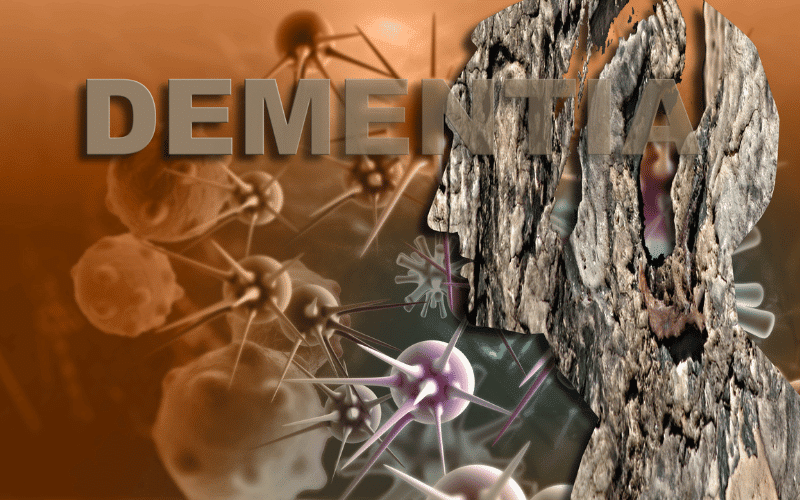Introduction: A Voyage Through Vascular Dementia

Vascular Dementia (VaD), an unwelcome traveler on life’s highway, is encountered predominantly by the older age groups. It’s a journey marked by cognitive decline and memory loss, affecting not only those directly experiencing the symptoms, but also sending waves of impact to their families and caregivers.
Understanding the progression of VaD is akin to carrying a torch in a dark tunnel, illuminating the path ahead. This understanding isn’t merely about recognizing the condition but primarily about equipping oneself to deal with it. It’s about ensuring that every turn and hurdle on this journey can be anticipated and addressed.
In this exploration, we traverse through the seven stages of vascular dementia. Each stage is a unique milestone on this road, characterized by different symptoms and varying degrees of cognitive changes. The objective isn’t just to list out these stages, but to decode them, to offer a comprehensive understanding of what each stage entails.
One critical point to bear in mind is that these stages are not rigid compartments but a guide to understanding the trajectory of the disease. They represent a typical progression, but the actual manifestation of symptoms may differ greatly among individuals. These stages serve as a universal language, facilitating communication among caregivers, healthcare professionals, and those with VaD.
With this groundwork, let’s navigate through the stages of vascular dementia, starting from the first stirrings of symptoms to the more severe manifestations.
Stage 1. The Calm Before the Storm: No Impairment

The first stage of vascular dementia resembles a calm sea, smooth and seemingly untroubled. There are no noticeable symptoms, and cognitive functions operate as normal. Memory is intact, and daily tasks can be carried out without a hitch.
Yet, this stage isn’t as serene as it appears. Within the brain, changes could be occurring. Minute vascular damages may be happening beneath the surface, undetected and silent. These damages, although insignificant now, can compound over time, eventually leading to noticeable symptoms.
While this phase of vascular dementia is symptom-free, it is crucially the most deceptive. The absence of visible symptoms often leads to a false sense of security, causing one to overlook the significance of regular health check-ups. Such check-ups can detect any underlying vascular issues, potentially staving off or delaying the onset of dementia.
The deceptive tranquility of this stage can serve as a wake-up call for many. It is an opportunity to understand that diseases like VaD don’t manifest overnight. They build up over time, accumulating beneath the calm facade.
Thus, stage one serves as a subtle reminder of the significance of maintaining a vigilant attitude towards health. The need for routine check-ups, a balanced diet, and regular exercise cannot be overemphasized, as these factors can play a pivotal role in mitigating the risk of vascular dementia. (1)